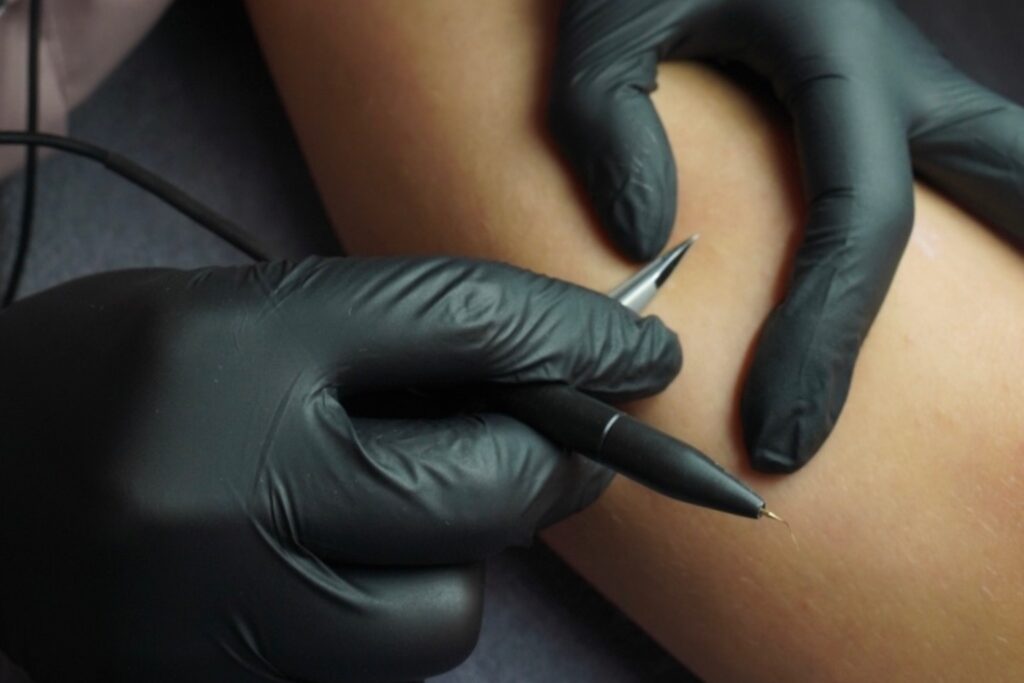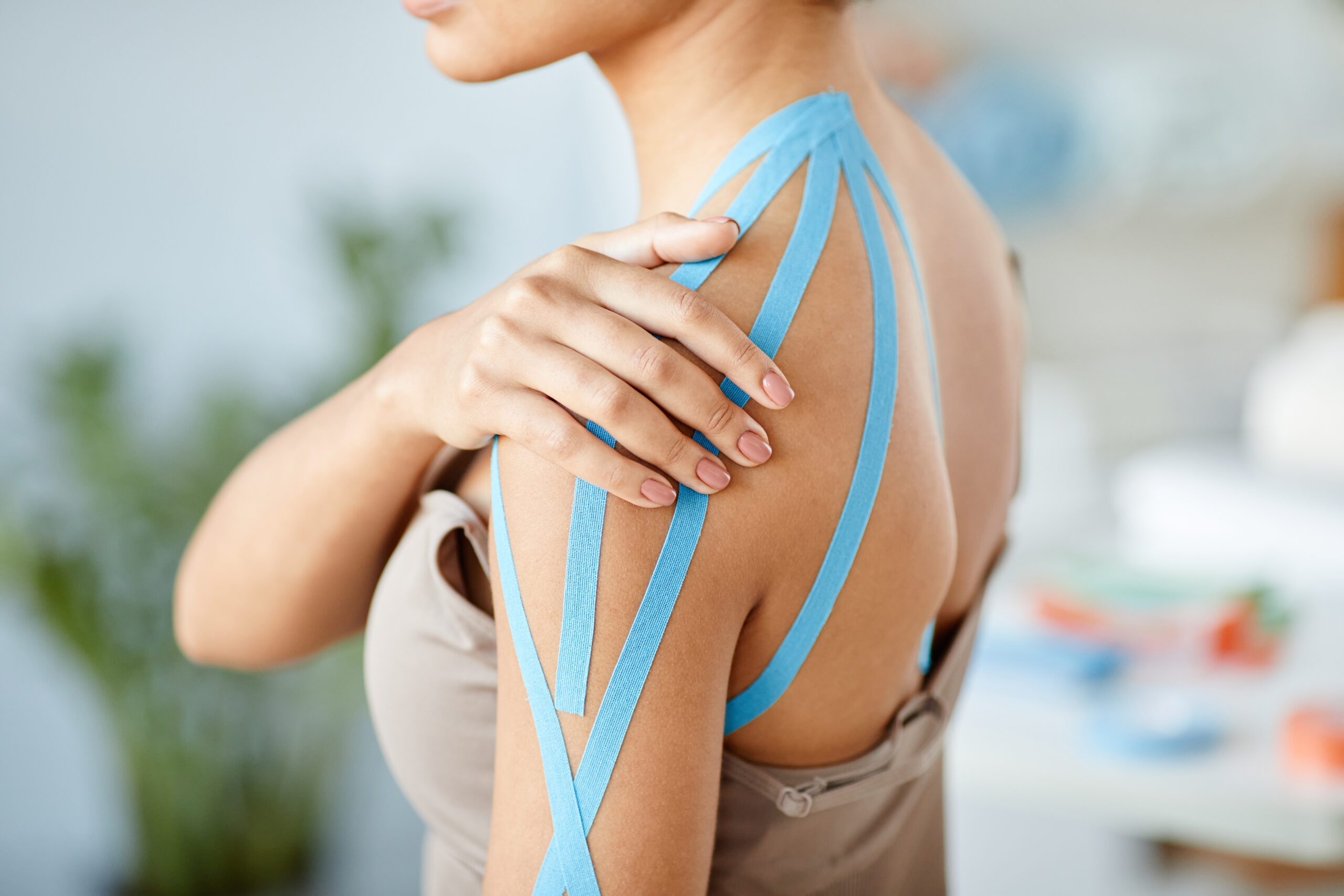Electroepilation is a modern method of permanent hair removal that uses a gentle electric current to destroy the hair follicle. This procedure is precise and suitable for all skin and hair types, including light and fine hair, for which other methods may not be effective. To ensure electroepilation is as effective as possible, it is essential to follow proper preparation and aftercare. We have prepared a detailed guide for you.
How to prepare for electroepilation?
Preparation for electroepilation ensures that the hair follicles are in optimal condition for the procedure and that your skin is not unnecessarily burdened. Proper preparation also minimizes the risk of irritation and ensures a smooth procedure.
- Avoid plucking hair: For at least 3–4 weeks before the procedure, do not use wax, tweezers, or sugar paste. If the hair is plucked, the hair follicle will not be present, which will prevent an effective treatment. Ideally, wait 2 months without plucking.
- No laser treatment: If you’ve had laser hair removal, you should wait at least 2 months, preferably 4–6 months, before undergoing electroepilation.
- Hair length: Before the procedure, it’s important that the hair is approximately 5 mm in length, which corresponds to 7–10 days without shaving. This length allows the probe to accurately target the follicle.
- Exfoliation and hydration: Regularly perform gentle exfoliation to remove dead cells and prepare the skin for the treatment. Also, hydrate the skin with quality creams and sufficient water intake.
- Sun protection: Protect your skin from UV radiation. Use SPF 50+ creams and avoid sunbathing. P Comfortable clothing: Wear loose clothing to the procedure that won’t irritate the treated areas.

Aftercare: How to support skin regeneration?
After electroepilation, the skin is sensitive and requires gentle care to heal quickly and safely. By following these recommendations, you can prevent irritation and support natural regeneration:
- Avoid wetting the treated area: Avoid contact with water for 24 hours after the procedure.
- Avoid sun and tanning beds: Protect the skin from direct sunlight until it heals (at least 5 days).
- Use creams with high SPF.
- Gentle treatment: We recommend treating the skin twice a day with chlorhexidine and lightly dusting with SOS powder or baby powder.
- Avoid harsh products: Do not apply cosmetics containing acids or irritants such as deodorants on the treated area for at least 3 days.
- Minimize mechanical irritation: Avoid exfoliation, washcloths, and wearing tight or irritating clothing. The skin needs rest to regenerate.
- Health hygiene: Maintain a high level of hygiene to prevent infection.
When is electroepilation not suitable?
Electroepilation is not suitable for everyone. Consider the following health conditions that may be a contraindication:
- Skin conditions: eczema, psoriasis, atopic dermatitis, or inflammatory skin diseases.
- Heart problems: pacemaker, heart defects, or ischemic heart disease.
- Pregnancy and breastfeeding.
- Epilepsy or other seizure disorders.
- Use of photosensitive medications, antibiotics, or retinoids.
- Diabetes or blood clotting disorders.
- Presence of metal implants or “golden threads”.
- Varicose veins (especially when treating the legs).




